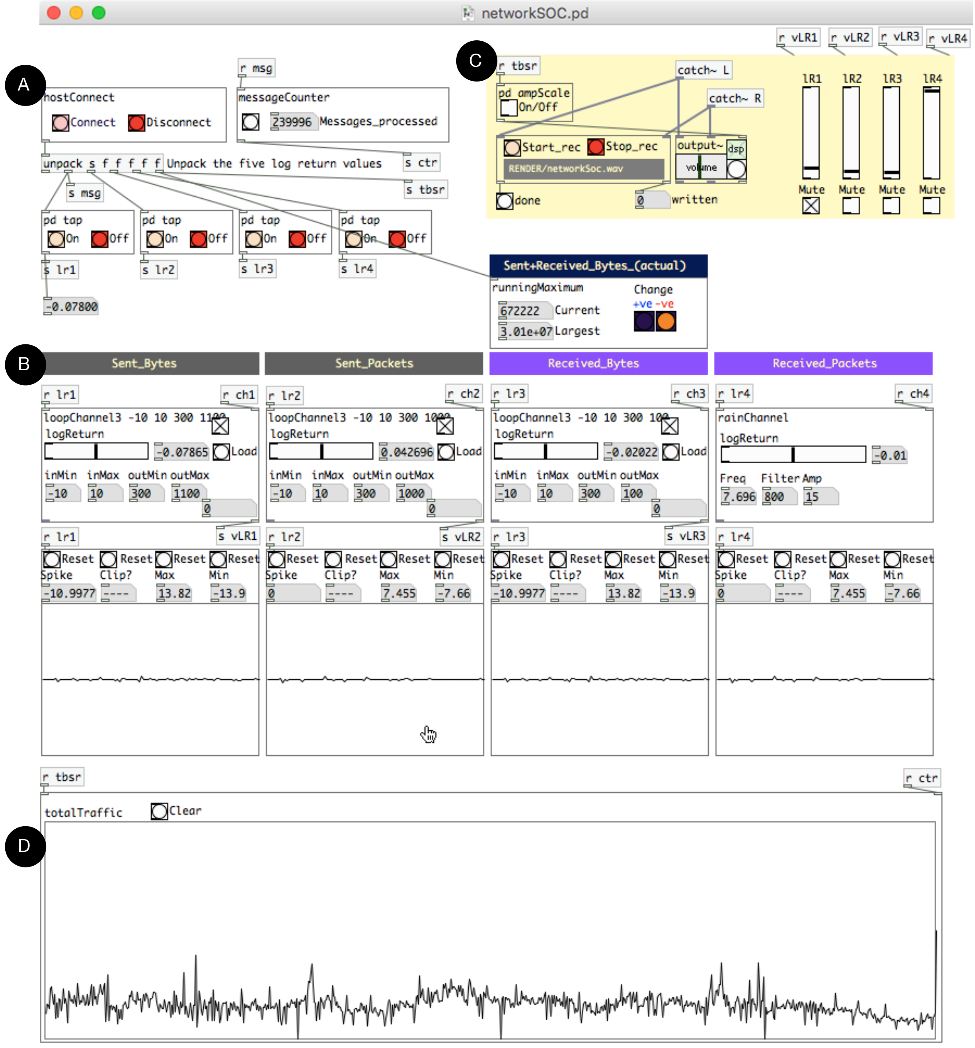Abstract: This paper reports a formative evaluation of auditory representations of cyber security threat indicators and cues, referred to as sonifications, to warn users about cyber threats. Most Internet browsers provide visual cues and textual warnings to help users identify when they are at risk. Although these alarming mechanisms are very effective in informing users, there are certain situations and circumstances where these alarming techniques are unsuccessful in drawing the user’s attention: (1) security warnings and features (e.g., blocking out malicious Websites) might overwhelm a typical Internet user and thus the users may overlook or ignore visual and textual warnings and, as a result, they might be targeted, (2) these visual cues are inaccessible to certain users such as those with visual impairments. This work is motivated by our previous work of the use of sonification of security warnings to users who are visually impaired. To investigate the usefulness of sonification in general security settings, this work uses real Websites instead of simulated Web applications with sighted participants. The study targets sonification for three different types of security threats: (1) phishing, (2) malware downloading, and (3) form filling. The results show that on average 58% of the participants were able to correctly remember what the sonification conveyed. Additionally, about 73% of the participants were able to correctly identify the threat that the sonification represented while performing tasks using real Websites. Furthermore, the paper introduces “CyberWarner”, a sonification sandbox that can be installed on the Google Chrome browser to enable auditory representations of certain security threats and cues that are designed based on several URL heuristics.








